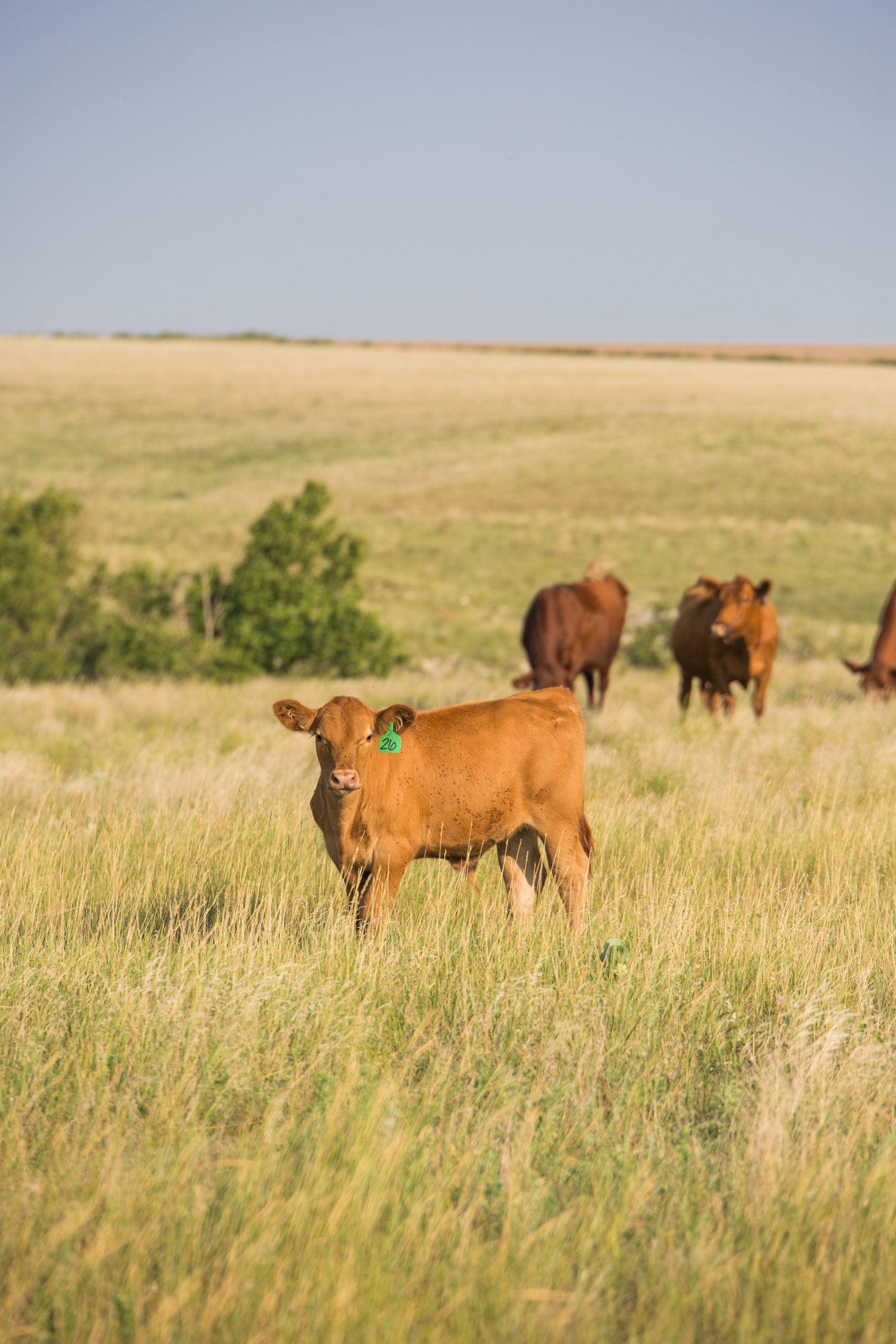How enticing is $1,500 for a 525-pound steer calf? What about $2,000 for an 800-pound steer? Or $2,500 for a 1,400-pound fat steer?
According to the U.S. Department of Agriculture-Agricultural Marketing Service as of Sept. 8, average prices in Kansas for 525-pound steer calves were $2.84 per hundredweight, while 850-pound steers were worth $2.44 per hundredweight. Fed cattle were selling for $1.80 per hundredweight.
“The beef cattle industry is in unprecedented times,” Jason Warner, Kansas State University assistant professor and Extension cow-calf specialist, said. “We are seeing both record-high cattle prices and higher input costs as a result of many dynamic factors.”
Factors like drought have pushed many cattle producers to their limit in Kansas the last couple of years, even though conditions have been quite variable for forage production and quality. U.S. inventories of harvested forage are at or near record-low levels, according to Warner.
“For cow-calf producers looking to market calves this fall, whether or not retaining and adding weight post-weaning is a good management decision really depends on the price per head calves will generate when sold relative to cow costs and feed and forage supplies,” he said.
Scrutiny should be paid to the annual cowherd production costs per cow exposed and determine if the calves can create enough dollars per head when sold to pay for the cowherd costs.
“With calf prices at record-high levels, they may be able to sell at weaning and secure sufficient profit on a per cow basis,” he said. “This is certainly attractive if producers are facing feed shortages and trying to figure out how to stretch supplies to maintain the cowherd through the winter.”
There are a number of questions that need to be answered about retaining ownership of calves past weaning. Can your pocketbook take it? What about the management of stockers and their forage and feed needs? Does your cowherd inventory support keeping calves? What about your genetics and post-weaning potential?
“If a producer has the facilities and feed resources and can manage calves after weaning, they need to calculate what their projected cost of gain will be relative to the value of the weight gain added to determine if it makes sense to grow calves following weaning but before marketing,” Warner said.
According to Warner, there must be feed resources available to grow those calves, and they need to be balanced with the rest of the cowherd’s needs. He suggests looking for information to work through these kinds of calculations and many Extension professionals can help guide producers through a decision like this.
“By this time of year, most decisions regarding early-weaning have already been made for spring calving cowherds, but for those that calve later in the year or certainly during the fall, early-weaning may be a critical management decision from both a feed and forage supply and cow condition maintenance perspective,” he said.
Visit ksubeef.org for more information and resources on weaning and managing calves.
Kylene Scott can be reached at 620-227-1804 or [email protected].




